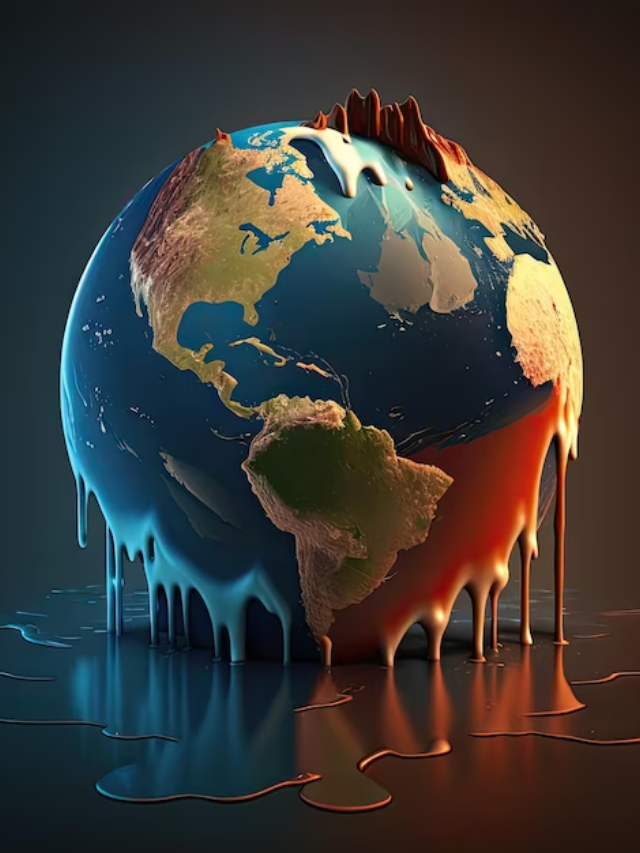
The Perseids meteor shower may have peaked over the weekend, but there's still a chance to witness this celestial phenomenon.

There's no specific time for the shower, but NASA recommends viewing between midnight and dawn in the Northern Hemisphere. Look after the moon sets for the darkest skies.

Escape light pollution! Head to a dark area away from city lights for optimal viewing. Allow your eyes 45 minutes to adjust to the darkness.

While NASA estimates 50-100 meteors per hour, astronomer Dean Regas suggests a more realistic range of 10-20 per hour.

Face east from sunset to midnight to catch meteors entering the atmosphere.

Yes, the peak of the Perseid meteor shower occurred last night according to NASA.

The Perseids are active from mid-July to early September, with a strong maximum around August 12th or 13th. In 2024, the peak was on the night of August 11th-12th.

The Perseids originate from Comet 109P/Swift-Tuttle, which orbits the sun every 133 years. Earth passes through debris left by the comet, creating the shower.

Discovered in 1862, Comet Swift-Tuttle is a large comet with a nucleus nearly twice the size of the object believed to have caused the dinosaur extinction!
